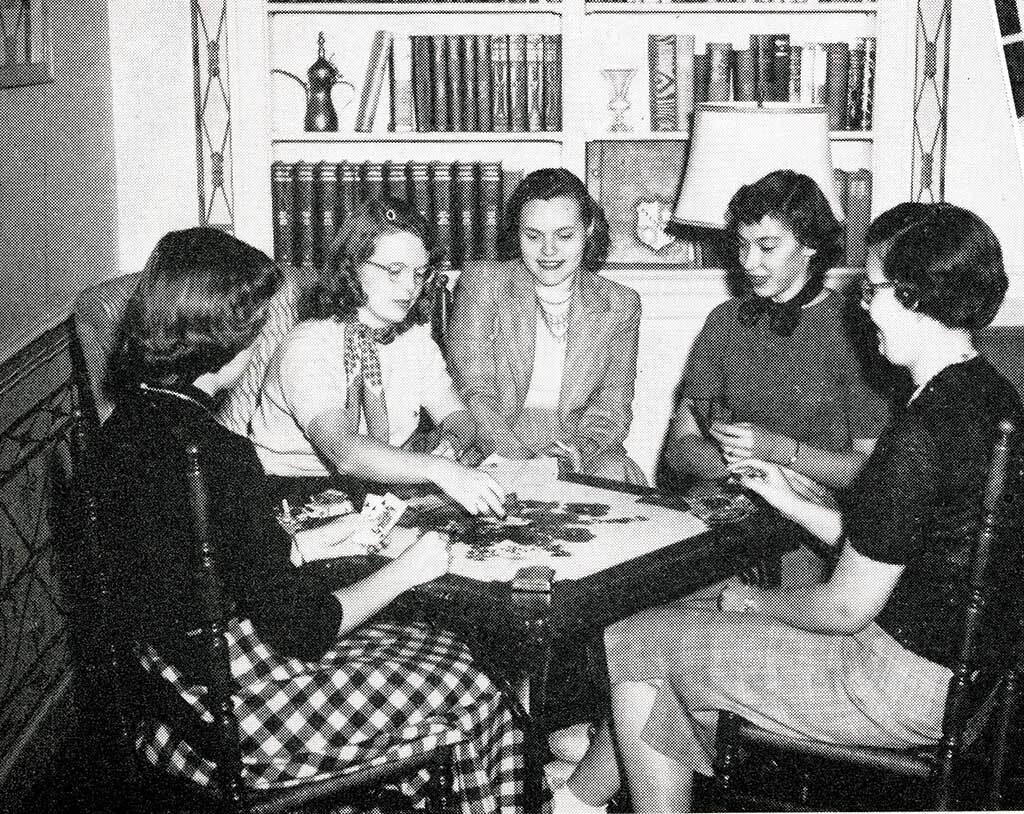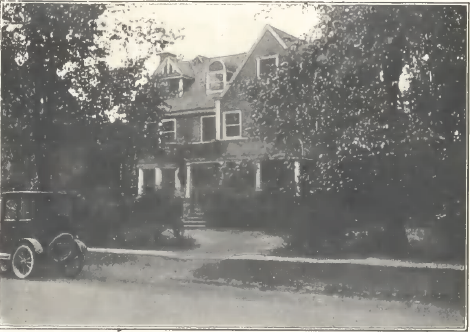News
Early housing required frugality and fundraising
One of Zeta Tau Alpha’s pride points is the success of its Fraternity Housing Corporation. Established in 1977, it became the first successful house corporation in the sorority world. The corporation now invests $5 million to $10 million annually in housing upgrades and maintenance for ZTA’s 107 facilities, including 70 residential houses.
ZTA housing has not always been that vast or successful, but members have always yearned for a place to call home. In the post-World War I prosperity of the early 1920s, as Americans purchased their first cars, houses and electric appliances, ZTA chapters became determined to purchase homes as well. They were willing to sacrifice pocket change, invest their own money and even form their own corporations, all so they could experience sisterhood under the same roof.

In that era, most chapters rented a place near campus to meet or house just a few members. Zetas were frugal, making their own curtains, bringing furniture from home and sometimes sleeping on cots.
The expense of finding a new house and moving every year was unsettling. So, chapters began to save for the future. They sold stationery at a profit of 50 cents per box, held raffles and shows and operated chapter stores to sell school supplies, toiletries and candy to each other. ZTA Mother’s Clubs sponsored bridge parties with $5 entry fees going toward chapter housing.
If a chapter was fortunate, alumnae, parents or friendly local bankers would offer a house for sale and be willing to accept small payments over time from the chapter. Many chapters formed their own corporations, selling shares to each member who had an obligation to invest $50 or $100 within just a few years. One chapter asked for $5 per member at initiation and $15 a year after that. Another asked for a quarter per member at each weekly chapter meeting and for six years after leaving school. Chapters handled needed repairs with similar payments. A chapter went without a stove until dimes collected at chapter meetings added up to the
cost of the repair.

These early Zetas understood the buying power they could create if they required everyone to invest in the privilege of living together now and in the future.
“It’s humbling to know how much a place to call home and living together meant to our earliest members. They sacrificed their own funds to make it happen,” said FHC President Natalie Yingling Lisko.
The January 1924 edition of Themis dedicated over 6o pages to the concept of chapters owning their own houses. An editorial in that issue describes, in the flowing language of an earlier century, why a chapter house was so important to members.
“Here in this extraordinary coterie, bound up in common ideals, we live less in and for ourselves, personalities are respected, and we profit immeasurably by the frank atmosphere in which a more gracious camaraderie is had than ever again through life’s mazes. With mutual bearing and forbearance certainly, we emerge from the contacts formed in chapter house living well on the road to a ‘more abundant life.’”
Nearly 100 years later, in more concise and modern language, ZTA’s website states that sentiment this way: Time spent in Zeta Tau Alpha housing and facilities can be a highlight of a student’s college years. The unique environment of ZTA housing provides positive opportunities and a welcoming home away from home.
Language has changed in 100 years and so has ZTA’s approach to funding chapter facilities. The FHC has secured the future of ZTA housing without asking any member to raise funds or make donations. The member associations with facilities pay rent to the corporation, based on type and size. All ZTA collegians pay into the House Reserve Fund, based on the size of their chapter’s facility or the possibility of future housing. From those sources, the FHC pays mortgages, rent, insurance and taxes, and funds upgrades and improvements at each property.

“Our funding model allows us to ensure each chapter has the facility it needs,” Mrs. Lisko said. “Like the housing pioneers who came before us, we use our resources responsibly and focus on fostering sisterhood, supporting our members and preparing for our future.”